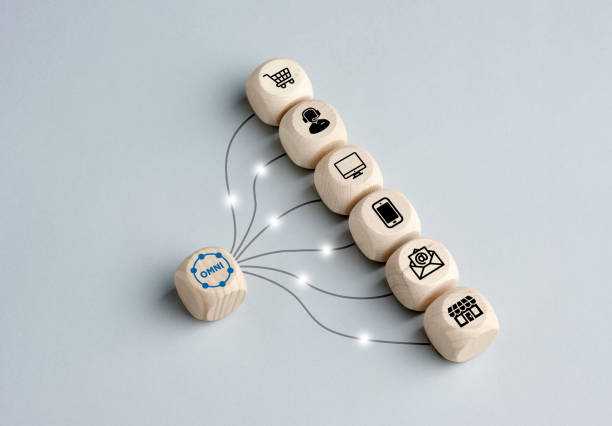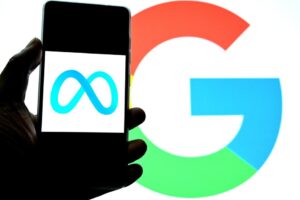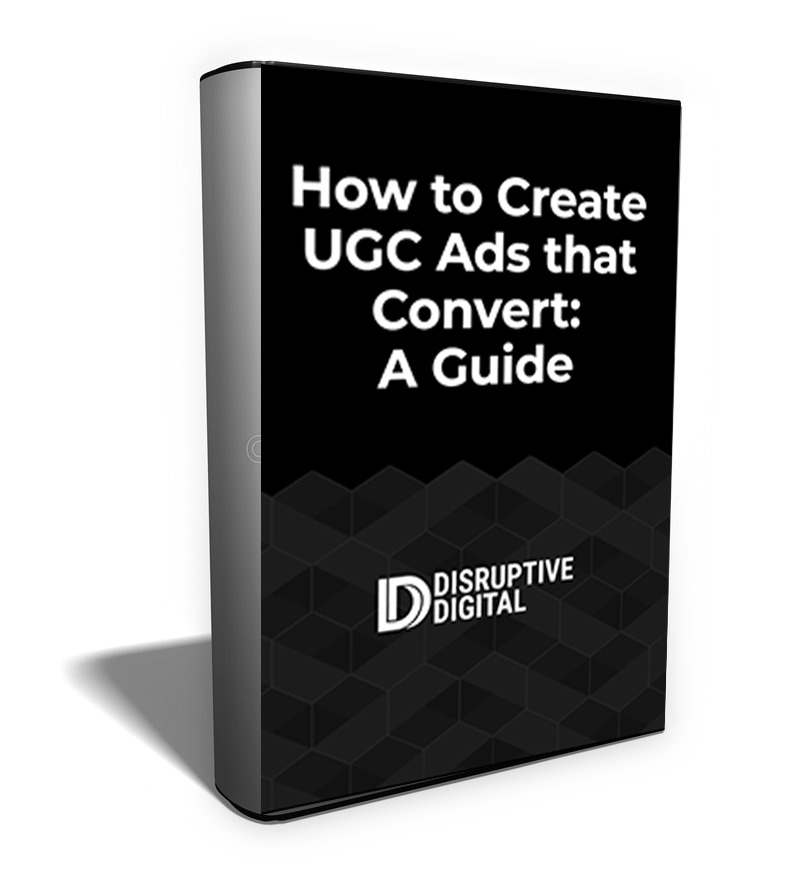Why You Need a Third Growth Engine
Meta and Google have been the twin engines of digital growth for over a decade. But let’s be real: costs are rising, competition is fierce, and audiences are increasingly desensitized. If you’re seeing diminishing returns from your top two platforms, you’re not alone. Recent data highlights a significant shift in digital advertising performance:
- Meta’s Declining ROAS: Between Q1 2022 and Q2 2024, Meta experienced a 17% decline in average return on ad spend (ROAS) across its advertising network.
- Rising Google Ads Costs: In Q4 2024, Google Search ad spending increased by 10% year-over-year, yet clicks only grew by 3%, leading to a 7% rise in cost-per-click (CPC).
These trends indicate that increased spending on these platforms doesn’t necessarily translate to proportional gains, underscoring the need for marketers to explore alternative channels to maintain and enhance campaign performance.
That’s why 2025 is the year to diversify your paid media mix and unlock incremental growth through a third (or fourth) channel. Below, we break down six powerful alternatives to Meta and Google that you should be testing now if you want to stay ahead of the curve.
What Makes a Channel Worth Exploring?
When evaluating new ad channels, look for platforms that can unlock new audiences, offer room for creative experimentation, deliver measurable performance, and most importantly—drive true incrementality. You want value that goes beyond what Meta and Google already provide, not just recycled conversions. Testing new platforms isn’t just about getting lower CPMs—it’s about reaching different people, in different moments, with different intent.
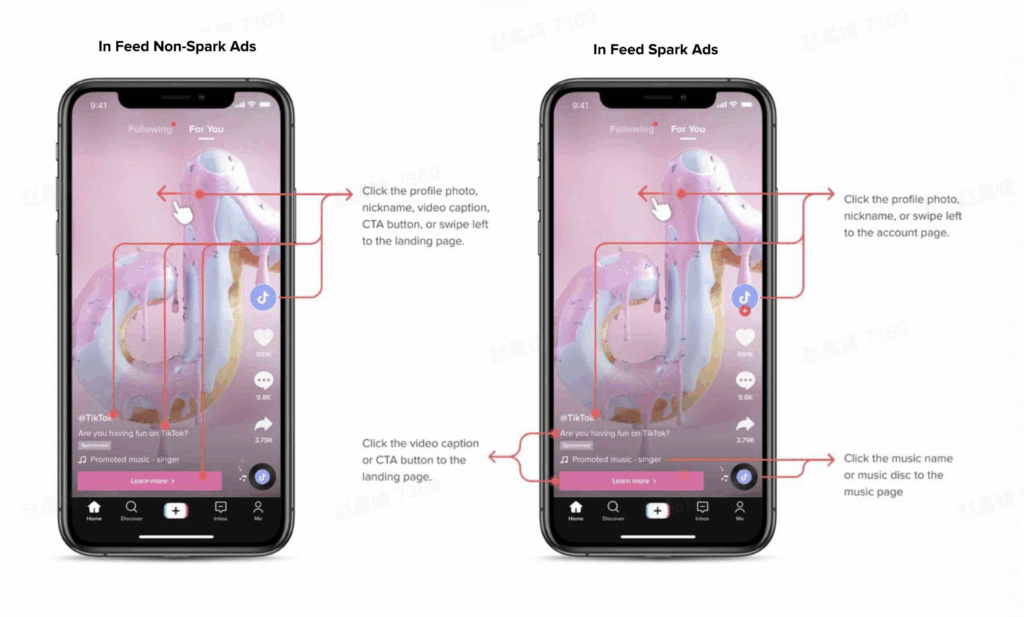
1. TikTok Ads
TikTok has become one of the most exciting frontiers for digital marketers. With its unique algorithm that prioritizes content relevance over follower count, even small brands can go viral. The platform thrives on authenticity, cultural relevance, and fast-moving trends, making it a creative playground for brands that can keep up.
- Best for: Ecommerce, beauty and fitness brands, fashion, B2B storytelling
- Pros:
- High engagement and virality potential
- Affordable CPMs and CTRs
- UGC and influencer integration works well
- Cons:
- Creative-heavy; requires frequent testing
- Short attention spans limit deep funnel CTAs
- Trends move fast, which may overwhelm smaller teams
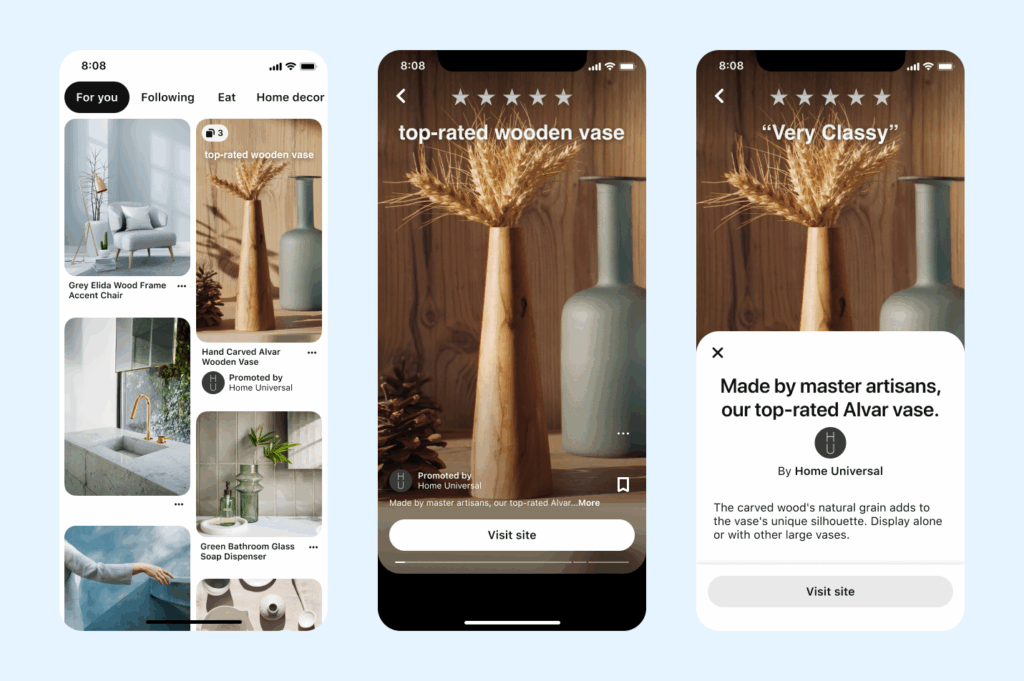
2. Pinterest Ads
Pinterest is a hidden gem for advertisers, especially those in lifestyle niches. It functions more like a visual search engine than a traditional social media platform, which means that users are often in planning or decision-making modes when they engage. Pinterest users actively seek out content that aligns with their goals, which creates a unique opportunity for brands to enter the consideration phase early.
- Best for: Home decor, fashion, wellness, parenting, weddings
- Pros:
- Long shelf life for content
- High-intent users
- Less competition than Meta
- Cons:
- Limited reach for some industries
- Not ideal for time-sensitive promotions

3. Reddit Ads
Reddit is one of the most contextually rich and community-driven platforms online. It doesn’t operate like a traditional social network—instead, it’s a network of thousands of hyper-specific communities (subreddits) where users engage in in-depth discussions about their interests. This provides advertisers with highly targeted opportunities if they respect the culture and value of each community.
- Best for: SaaS, fintech, skincare, gaming, niche ecommerce, B2B
- Pros:
- Extremely engaged audiences
- Low CPMs for niche targeting
- Contextual advertising opportunities
- Cons:
- Requires authentic, community-first messaging
- Poorly executed ads can trigger backlash

4. Amazon Ads
Amazon Ads isn’t just for marketplace sellers anymore. As one of the world’s largest product search engines, Amazon gives advertisers unparalleled access to users with high buying intent. Whether you’re driving sales on Amazon or retargeting off-platform, the depth of consumer behavior data and targeting capabilities are among the best in the industry.
- Best for: Brands already on Amazon and categories like supplements, CPG, pet care, electronics
- Pros:
- Access to high-intent shoppers
- Cross-device tracking and attribution
- Leverages Amazon’s powerful first-party data
- Cons:
- Competitive bidding can drive up costs
- Requires integration into Amazon ecosystem for best results
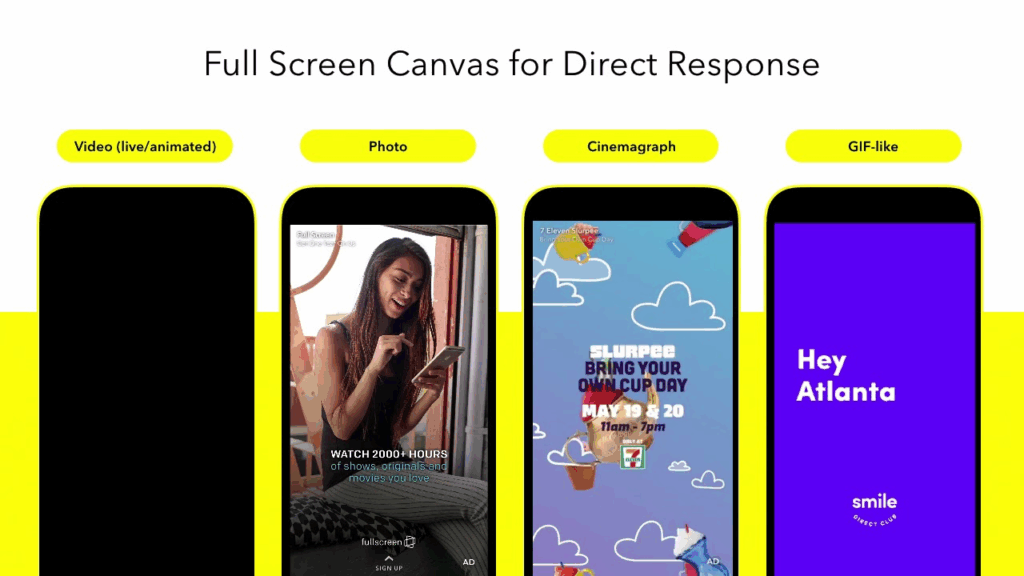
5. Snap Ads
Snapchat remains a strong contender for brands targeting Gen Z and younger millennials. Unlike Meta or TikTok, Snapchat excels in one-to-one visual messaging and AR-driven content. Its camera-first design enables immersive, interactive ad experiences that encourage playful discovery and social sharing.
- Best for: Mobile apps, fashion, beauty, FMCG
- Pros:
- Low CPMs
- Great for immersive AR experiences
- Fast creative testing cycles
- Cons:
- Smaller reach compared to Meta
- Limited targeting sophistication

6. Connected TV (CTV)
Connected TV offers the best of both branding and targeting. As more households move away from traditional cable, CTV platforms like Hulu and Roku give advertisers access to premium TV audiences with the data-driven power of digital. With CTV, brands can run non-skippable, emotionally compelling ads while still tracking performance across devices and demographics.
- Best for: SaaS, financial services, healthcare, national brands
- Pros:
- High-impact storytelling environment
- Targets cord-cutters with premium content
- Brand-safe, non-skippable formats
- Cons:
- Higher CPMs than most digital channels
- Typically focused on awareness rather than direct response
How to Choose the Right Channel for Your Business
Not every platform will be a perfect fit, and that’s okay. Start by evaluating your current channel saturation. If Meta and Google are carrying 80-100% of the load, even shifting 10-20% of your budget toward experimental platforms could unlock new audiences and drive down blended CAC.
Look at your creative capabilities too. Platforms like TikTok and Snap demand content agility. Do you have the resources to keep up? Are you equipped with attribution tools to measure true lift?
A smart approach is to treat these platforms as labs. Start with small, measurable tests. Validate your audience assumptions. Learn what works, then scale into what proves profitable. The payoff can be huge.
Future-Proofing Your Paid Media Mix
In today’s volatile ad landscape, the brands that win are those who experiment intelligently and diversify early. Meta and Google will always be foundational, but they can’t be the entire game plan.
Exploring channels like TikTok, Pinterest, Reddit, Amazon, Snap, and CTV can help you reach new audiences, tell your story differently, and unlock growth that your competitors haven’t even started tapping into.


